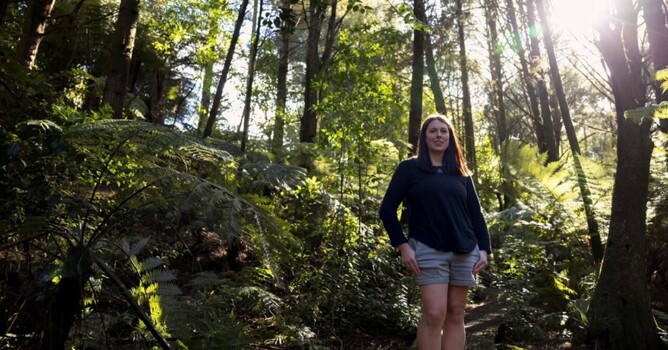When you spend a decent amount of time in the bush like I have, you find a clear head for thinking and reflecting on things close to your heart.
I love to explore our great outdoors. Hiking is my happy place (followed by a nice glass of chardonnay and hot shower of course!).
Nature is a great teacher to anyone who cares to listen.
I’ve learned a lot about life and communication, from arguably the best communicators around – trees and birds!
Here’s what nature has taught me about being a better communicator.
Learn to listen first
There’s a difference between hearing and listening, and active listening is a skill that most of us could be better at. Great communicators understand the importance of active listening, taking the time to truly understand the perspectives and needs of others before jumping in with ideas and solutions.
Trees have a fascinating way of listening to each other. They communicate through a network of underground fungi (mycorrhizal networks if you are a fellow nature nerd!). When a tree is under stress or facing a threat – say a disease, it releases chemical signals that are picked up by neighbouring trees through their root systems. The listening tree will respond to the message by producing more defensive compounds to protect themselves against disease.
The faster you can adapt, the better off you’ll be
Kākāpō are master adapters. As a large, flightless parrot, they’ve had to adapt quickly and constantly to survive. They realized they couldn’t get by with just their looks and cheeky, charming disposition. They can’t fly, so they became excellent climbers and have superior hike-and-seek skills with their beautiful green cloak camouflaged against our lush green foliage.
Just as the Kākāpō adapt to different environments and threats, great communicators must be able to adapt to various situations and people. Flexibility in communication styles is key to effectively getting your message across and building strong relationships. We need to be nimble and adaptive in our strategies, ready to respond to the changing media landscape, new trends and opportunities.
Perspective is everything
Standing under a 600-year-old Rimu tree is a great way to gain perspective on any communication problem. Standing next to something so glorious and ancient is a humbling experience and makes any problems you might be facing seem comparatively, rather trivial. Nature has taught me that we can do hard things and overcome challenges. The 600-year-old Rimu had to overcome many challenges to stand where it does today. Sometimes, a change in perspective is all that’s needed.
When communicating with audiences, we need to think about the various perspectives they have and how we can create messages that are relevant to them where they are right now.
Collaboration will always get you further
We don’t need to look too far to see shining examples of collaboration in our natural ecosystems. We wouldn’t have our beautiful Kōwhai trees without the Tūī gathering its nectar and spreading its pollen to other plants, and the sweet nectar is a major food source for Tūī.
Communities of trees in our forests share root systems and nutrients, responding to environmental cues as a group. They even synchronize their growth patterns to improve the collective health and survival rates of their group.
Having a collaborative and community-focused mindset allows us to share resources, knowledge and skills, extend reach and open opportunities for long-term partnerships. Working together on shared goals will always get you further than going at it alone.
In a world filled with noise and distraction, nature has been a gentle reprieve and welcome teacher - I learn something each time I step on a new track.
If you listen like the trees, adapt like the Kākāpō, remember perspective and adopt a collaborative mindset, you’ll become a better communicator (and probably find a new favourite past-time amongst the trees!).
For more communication tips and support with communication in your workplace or with your audience, flick us a message.

